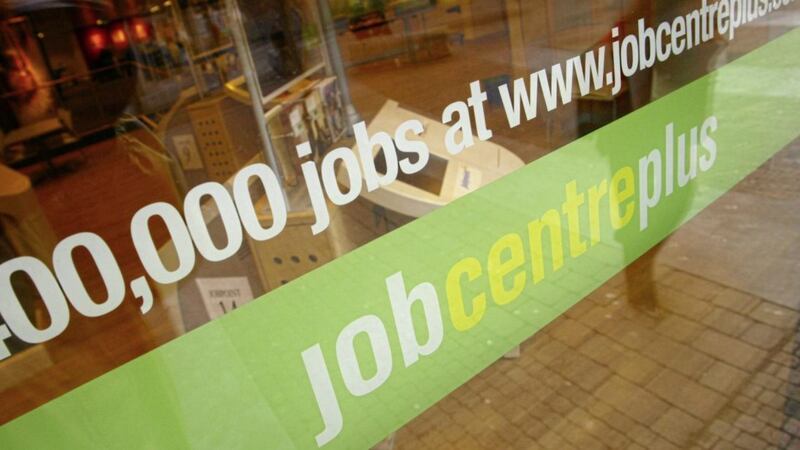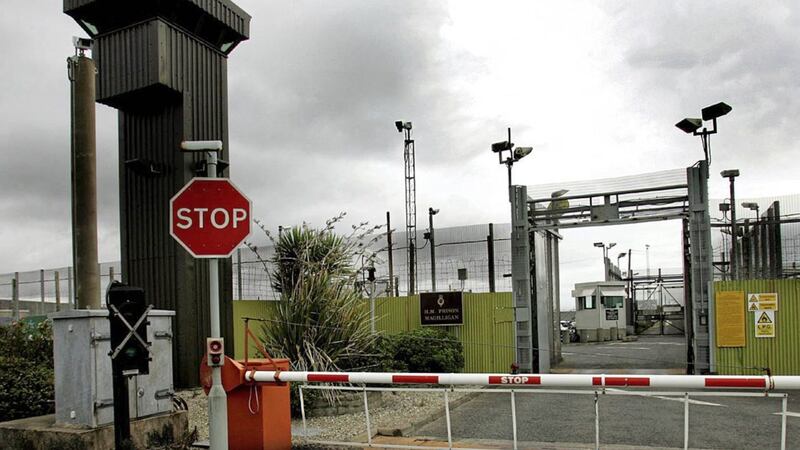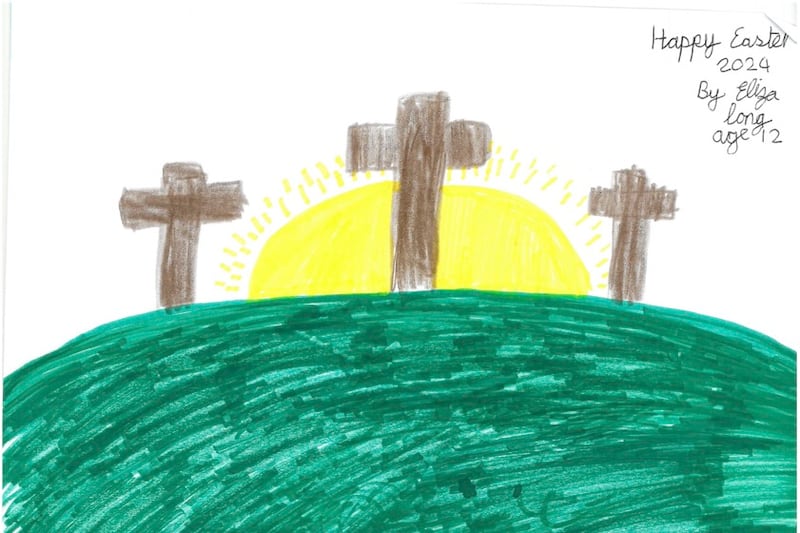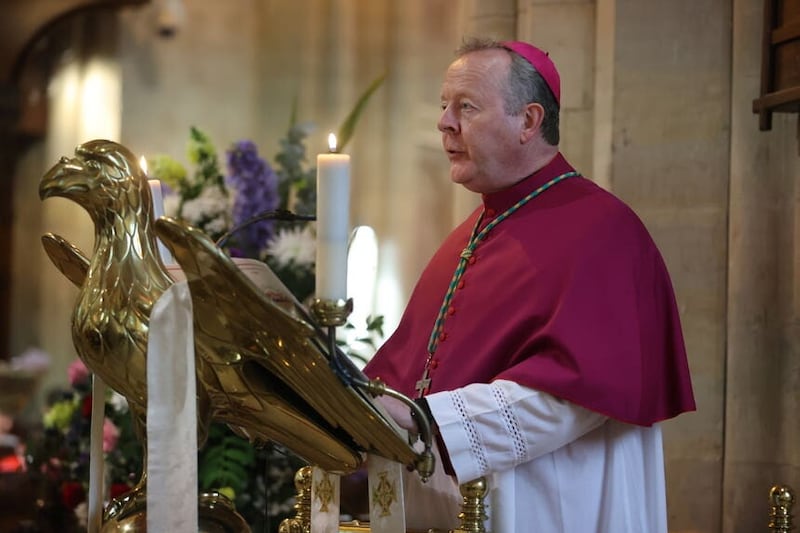The number of Catholics and Protestants of working age is almost the same for the first time as Northern Ireland's population changes continue.
The number of Protestants has declined by 14 percentage points to 42 percent, while the number of Catholics is up to 41 percent. People who define themselves as ‘other/non-determined’ has increase from 6 percent to 17 percent over the same period.
The statistics are revealed in the latest Labour Force Survey Report, which examines the labour market differences of the two main religions, including unemployment rates and levels of economic activity from 1990 to 2017.
With estimates suggesting that Catholics will outnumber Protestants in the total population by 2021, politics professor John Coakley cautioned that the new figures do not automatically point to a majority in favour of a United Ireland.
Historically the Catholic community experienced a higher unemployment rate than the Protestant community, however over the past 15 years that gap has gradually narrowed.
In 1992, 69 per cent of working age Protestants and 54 per cent of Catholics were in employment.
But by 2017, the number of Catholics in employment has rise to 67 per cent, but working age Protestants only increased to 70 per cent.
In 1992, 76 per cent of working age Protestants were economically active, compared with 66 per cent Catholics. Fifteen years later there is more of a similar picture in both communities with 73 per cent Protestants and 70 per cent Catholics economically active.
Unemployment rates for both communities are now the exact same following years of higher levels of unemployment for Catholics.
Over the same period the unemployment rate has moved from nine per cent for Protestants and 18 per cent for Catholics to four per cent for both.
The number of people reporting as "other/non-determined" has more than doubled over the 15-year period - from six per cent to 17 per cent.
Professor Coakley, of Queen's University Belfast, said "it would be dangerous to jump to any political conclusions on the basis of these demographic developments."
"Until the effects of the uncertainties associated with Brexit began to be felt, opinion polls and surveys showed sizeable Catholic support for the Union - not confined to Alliance and SDLP supporters, but including also a cluster of Sinn Féin supporters. For this reason, it would take a major shift in Catholic opinion for the Union to be endangered. But this is where the instability caused by Brexit may have unexpected consequences," he said.








